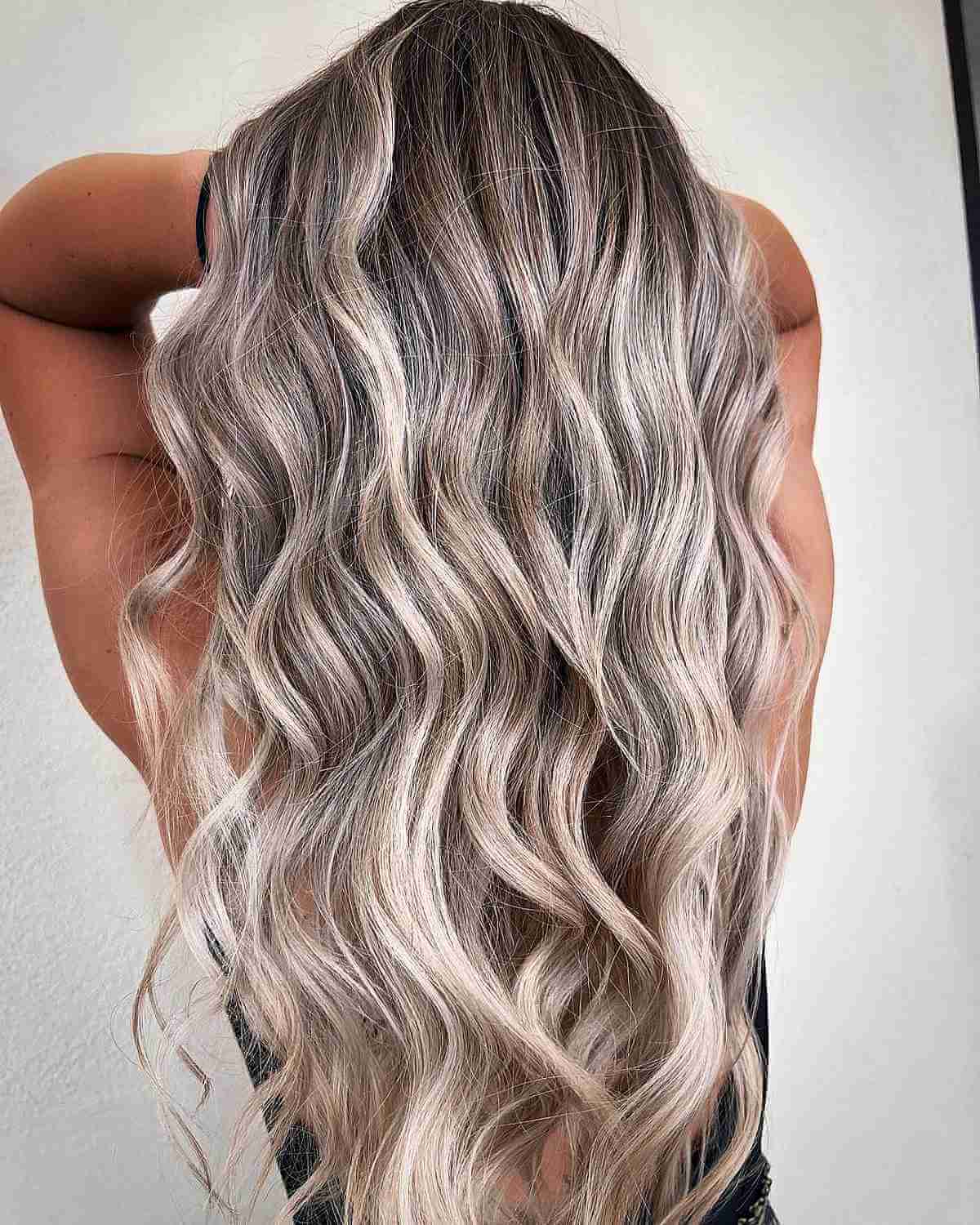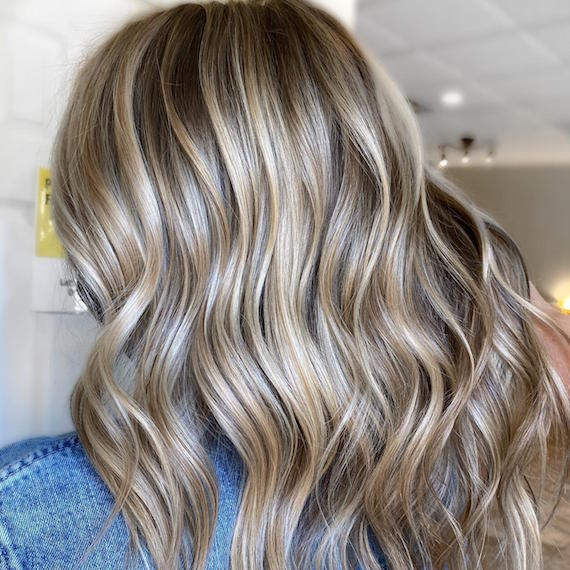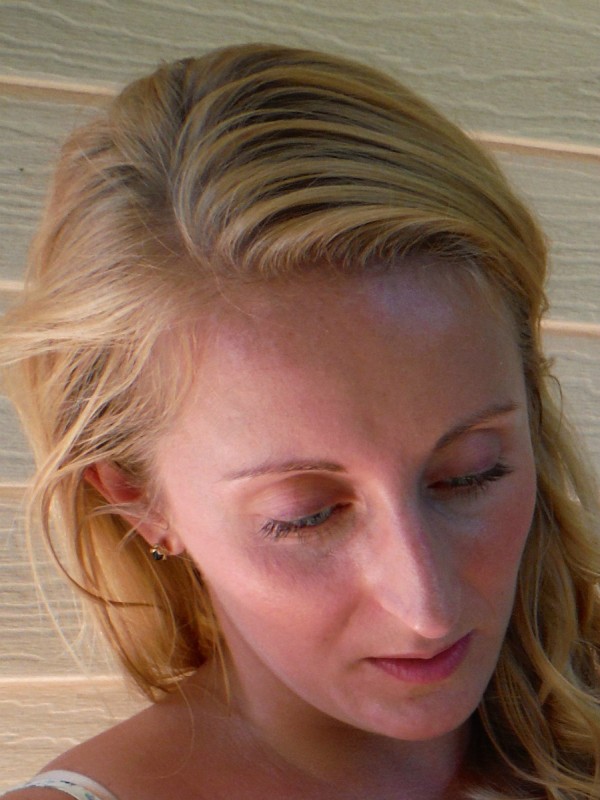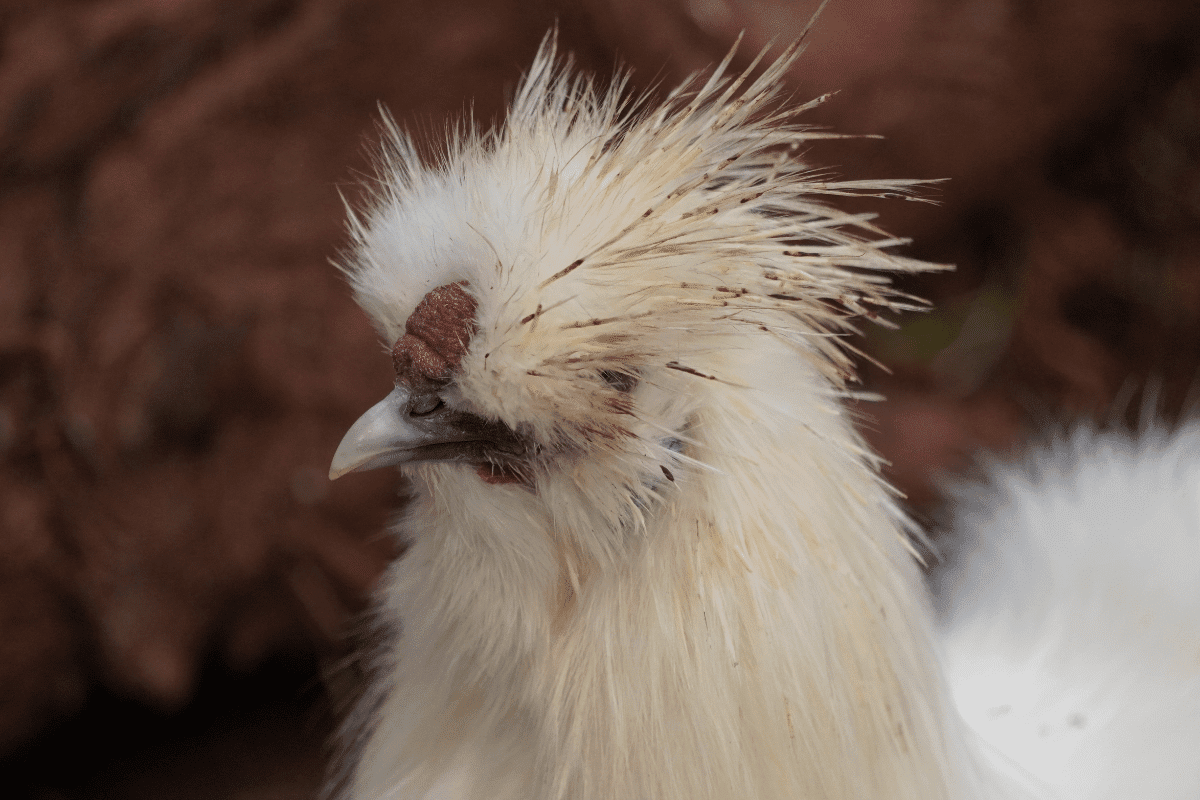Table Of Content
- Beyond Genetics: Environmental and Lifestyle Factors
- (b) Application of the curvature fibre model to human scalp hair
- The biology and genetics of curly hair
- Is Curly Hair Recessive Or Dominant Trait?
- How Do You Know If You Have A Dominant Or Recessive Gene?
- Environmental and Lifestyle Factors Influencing Hair Texture
The shaft biocomposition describes not only relevant biomolecules but also the chemical bonds that drive underlying bonding networks, which are pivotal in fibre curvature. Dominating keratin intermediate structures that are of interest to this work include the intermediate filament (IF), microfibril (MF) and cortical cell. Summarized from [13,14,48,49], each of these structures is chemically cross-linked with one another and with KAPs of the surrounding matrix. Cortical cells comprise aggregated MFs, which in turn comprise aggregated IFs. Borrowed from wool fibres, morphological distinction is made between three types of cortical cells, namely orthocortical (OC), mesocortical (MC) and paracortical (PC) cells. Many ethnic groups possess curly hair genetics, with prevalence differing.
Beyond Genetics: Environmental and Lifestyle Factors
Theory suggests that surface properties of curly structures are likely to be dissimilar to those of straight structures. Not many studies could be found for surface properties of curly fibres per se. However, when compared with European/Asian fibres, fibres from African ancestry have a higher friction coefficient, less lustre, higher torsional rigidity and show more surface damage in general [13–15].
(b) Application of the curvature fibre model to human scalp hair
A recessive gene is a piece of genetic information that you can’t see, but that you may carry. Knowing which type of curly hair you have is an important step in achieving the curls of your dreams. It doesn't necessarily influence which type of product you'll pick, but it will have a strong influence on your routine and how you apply them. This does not largely influence the type of product you pick, but it may have a strong impact on your curly hair routine and how you apply them.
The biology and genetics of curly hair
The truth is, curly hair is just as professional and neat as any other hair type. It’s a natural part of someone’s identity and can be styled in many ways to fit different occasions and preferences. Curly hair is not a sign of disorder; it’s a unique trait that can be a source of pride and empowerment.
This Is the Rarest Hair Color and Eye Color Combination in Humans - Reader's Digest
This Is the Rarest Hair Color and Eye Color Combination in Humans.
Posted: Fri, 15 Sep 2017 07:00:00 GMT [source]
However, if it were to concentrate on characterizing the hair shaft rather than the follicle, the first question to ask is whether the research focuses on macro- (surface) or micro-features of the fibre. Surface-based research activities may be handles (classification or terminology) to better describe curvature or may be physical properties such as fibre dimension, colour, tangling, interscale cuticle distances and so on. Micro-characterizations focus either on the follicle or on the shaft.
However, it is possible to temporarily straighten or curl hair using heat styling tools, chemical treatments, or styling techniques. These methods, though, may damage the hair if not properly utilized or cared for. Many sources state that tongue rolling is controlled by a single gene.

Scientists present genetic analysis of Selkirk Rex cats - Phys.org
Scientists present genetic analysis of Selkirk Rex cats.
Posted: Tue, 30 Oct 2012 07:00:00 GMT [source]
The level comprises three lateral layers, namely the biological, philosophical and diagnostic layers. In the biological layer, which we focus on, four sublayers summarize the main activities that explain the causation of curvature. These include the follicle sublayer that accounts for research activities on follicle morphogenesis.
People with curly hair have more disulfide bonds, creating resilient, spiral-shaped curls. The characterization level describes the visual appearance of the fibre, which may be plainly observable or may require micro-investigations (e.g. microscopy, spectroscopy and chemical analysis). Macro-characterization research activities describe not only visible fibre traits but also development of tools, terminology and classes to accurately depict the curly fibre. These activities belong to the curvature, taxonomy and surface sublayers, respectively.
Environmental and Lifestyle Factors Influencing Hair Texture
There could be other reasons too, like natural selection or cultural factors, that have shaped the way our hair looks today. On the other hand, a recessive allele can only show its characteristics when it’s paired with another recessive allele. Think of it like a quiet voice that’s only heard when there are no louder voices around. In essence, the recessive trait becomes visible only in the absence of the dominant allele. Maybe you’ve lived in a humid climate all of your life but move to the dry, cool mountains.
Our curl-loving formulas are all cruelty-free, vegan hair products that do not contain silicones, sulfates or parabens. We don't know, for example, how likely the Asian EDAR gene version is to thicken and straighten hair in someone who is mostly European. Or how likely the European curly TCCH gene version is to add curl in someone who is mostly Asian.
Prolonged heat treatments or chemical applications can lead to a permanent change in hair type. The hair spectrum includes rare types like Type 1c (straight and thick) and Type 4c (tight coils with zigs and zags). The protein produced by the TCHH gene plays a role in the development of the hair shaft. A strand of hair consists of two basic components – the shaft, the black part that appears above the scalp, and the hair follicle that sits in the skin and is not visible.
The number of these bonds between the hair proteins can influence the amount of curl or wave in the hair. Other genes like EDAR and FGFR2 have also been linked to hair texture. Delving deep into the science of our locks, researchers have unearthed a strong genetic component to hair type. It was also found that the nature of the follicles directly affects the curvature of the hair strands. If the follicles are symmetrical, the hair grows straight, while the follicles are asymmetrical; they produce oval-shaped hair that tends to curl as they grow. There are certain physical attributes of a person that cannot be artificially altered, at least not permanently.
Finally, the telogen phase is when the hair takes a break and eventually falls out, making room for new hair. Our experts continually monitor the health and wellness space, and we update our articles when new information becomes available. Finally, there’s the food that you eat and the nutritional supplements that you take.
Wavy hair is often characterized by loose curls that form an "S" shape, whereas curly hair has a more coiled or ringlet-like appearance with tighter, defined curls. However, the distinction between wavy and curly hair can be subjective and may vary from person to person. Although some sources say that this trait is controlled by a single gene, with unattached earlobes being dominant over attached earlobes, no published studies support this view. Earlobe attachment and shape are inherited, but it is likely that many genes contribute to this trait. Cultural associations with curly hair vary across different ethnicities and regions.
First, let's deal with people who have ancestors from the same place. In this case, we'll focus on Europeans because they have the widest range of different hair types. Current research definitely points to many genes being involved in making hair straight or curly. In thinking a bit about it though, this shouldn't affect the old model too badly. Curly hair requires special care to maintain its health and definition. It's also advisable to consult with a hair stylist who specializes in curly hair for personalized advice.














